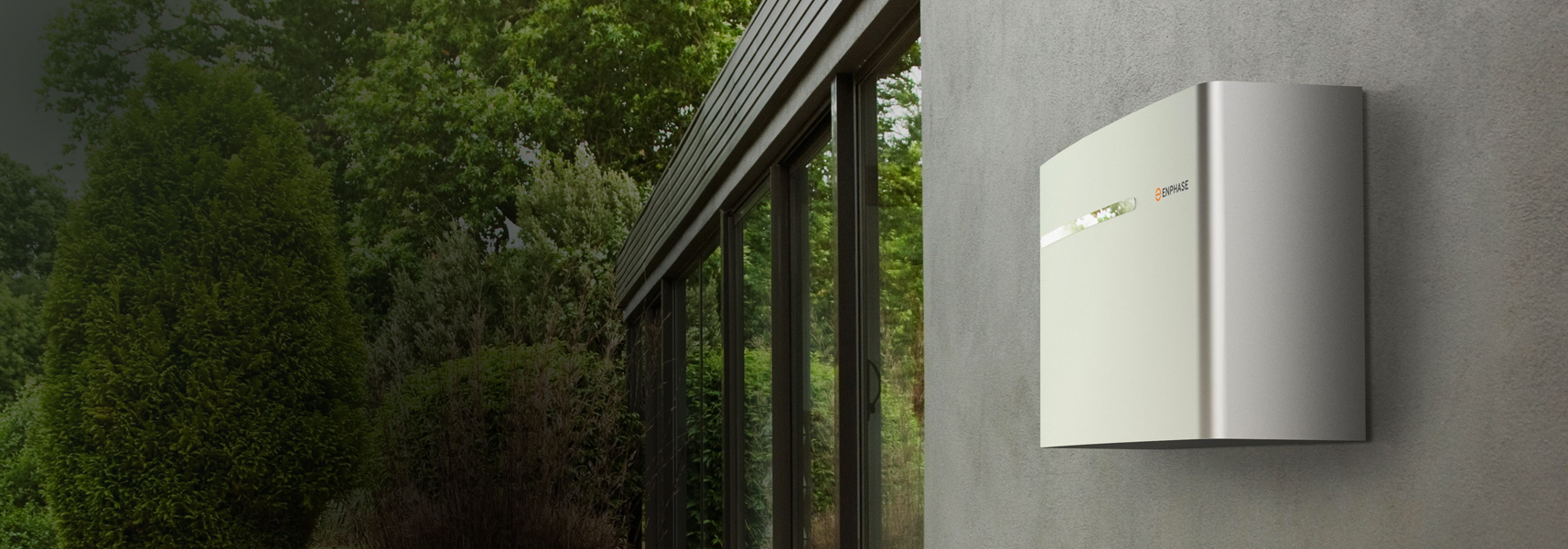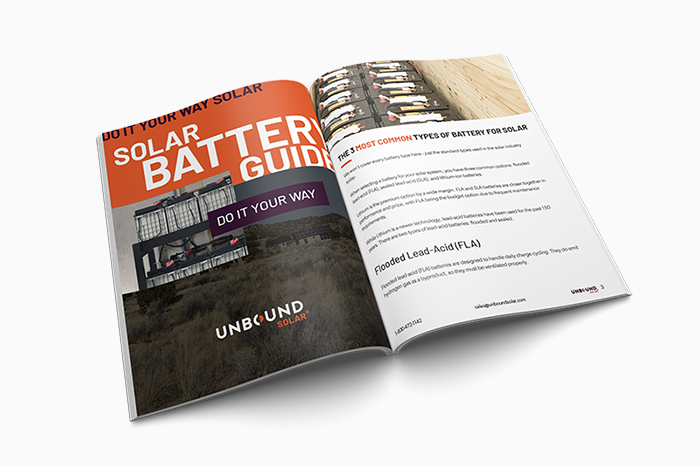Save Time & Money with your
FREE Battery Guide




Adding storage to your system makes it more versatile. There are two core benefits:
In a standard grid-tied system, the energy generated by your solar panels feeds into the grid. The utility company credits you for the power you generate, and you can use those credits at any time to withdraw from the grid and power your appliances.
However, this connection to the grid means you are still at the mercy of power outages. To keep the lights on during an outage, you need on-site energy storage to take over the power supply when the grid goes down.
In addition to backup power, these home battery backup systems help you make the most of your utility’s net metering policy – for example, deferring usage to offset high time-of-use rates, or facilitating energy resale if local policy allows it.
Most grid-tie inverters are not designed to integrate with a battery bank. To retrofit your current system to add home battery backup, you’ll need to add new components to make your inverter work with your batteries.
The solar battery backup systems on this page are designed to retrofit an existing grid-tie solar system with energy storage via AC coupling.
In an AC coupled system, the grid-tied inverter is paired to an off-grid inverter and battery bank. The off-grid inverter provides a second power source, which allows you to charge your batteries and run essential appliances during a power outage.
The best option for AC coupling is the Outback Radian. The newest firmware supports frequency shift AC coupling, which causes the off-grid inverter to shift its frequency to control the output of the grid-tied inverter when necessary.
Gas generators are the most cost-effective backup power solution. If you simply need a way to keep the lights on during an outage, a generator is probably your best bet.
Generators have some key drawbacks compared to home battery backup systems:
There are some advantages to using generators for backup power as well:
We have noticed a surge of interest in backup power from Californians who are concerned about mandatory blackouts imposed by PG&E. Those scheduled blackouts have left Californians searching for a way to supply uninterrupted power to their homes during outages.
For these customers, we are recommending generators as the preferred solution. A generator will provide more backup power at a lower cost, and you won’t need to rewire your existing solar system (if you have one) to add a generator into the mix. The concerns about refueling are limited if the generator is fueled by an on-site propane tank. It’s a relatively low-cost way to provide robust backup power for most or all of your household.
